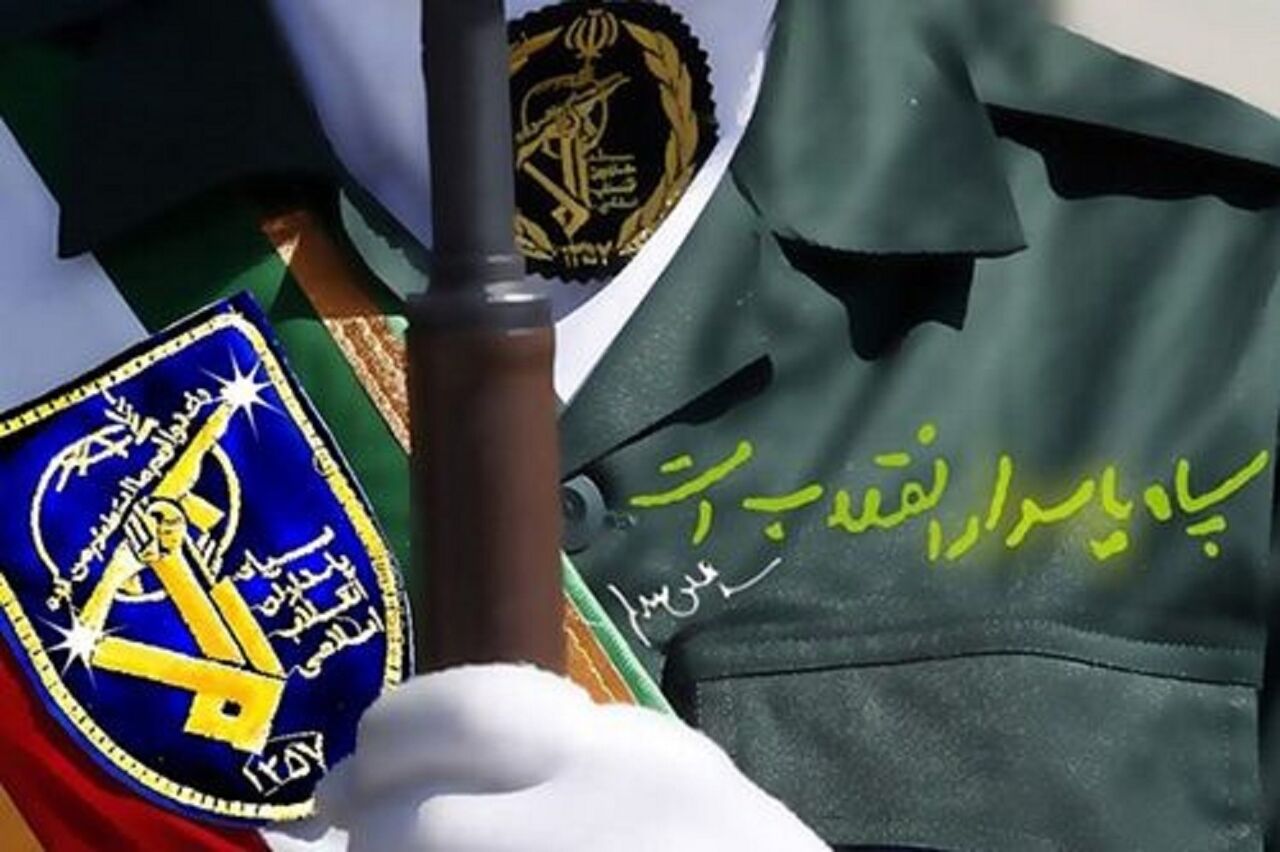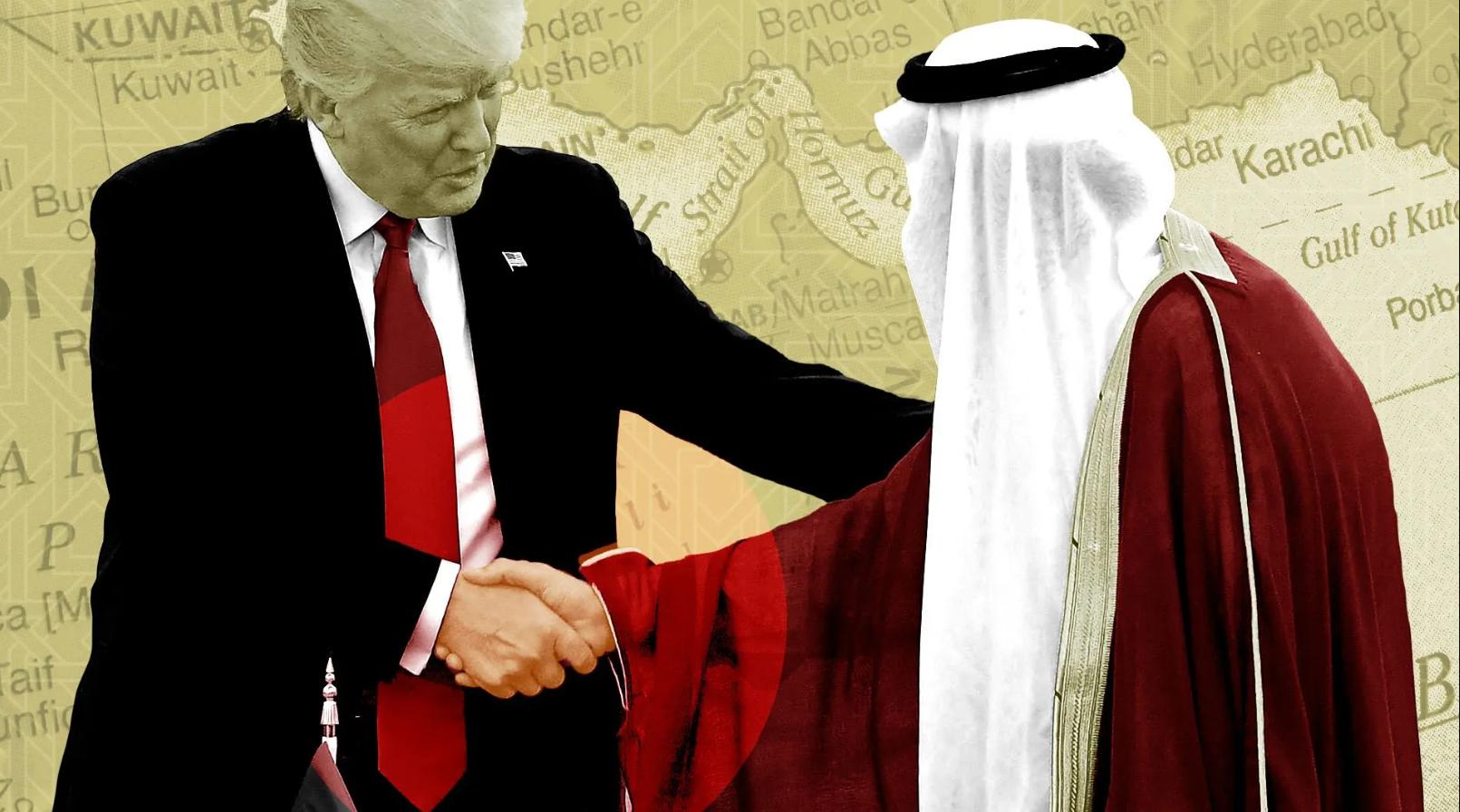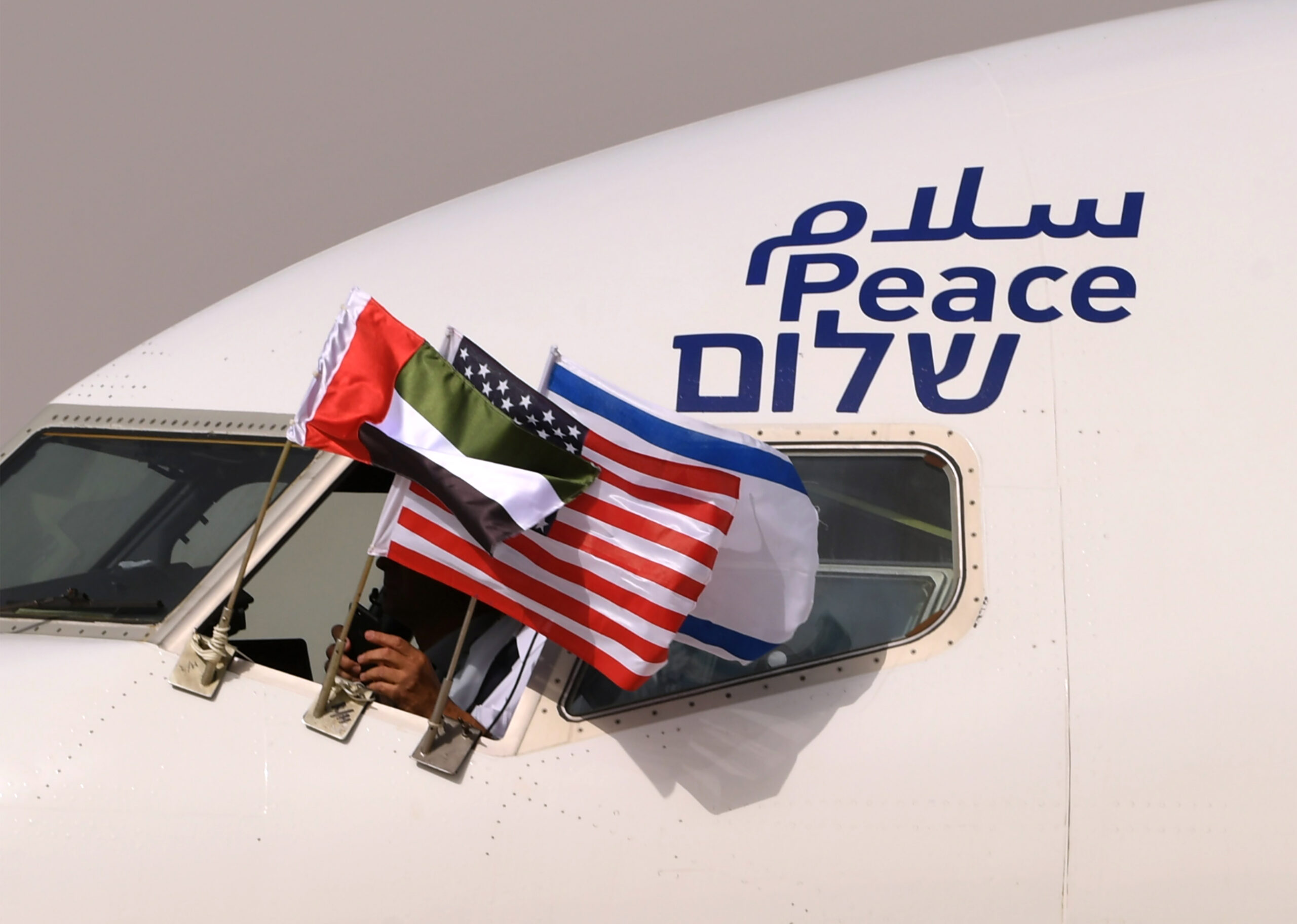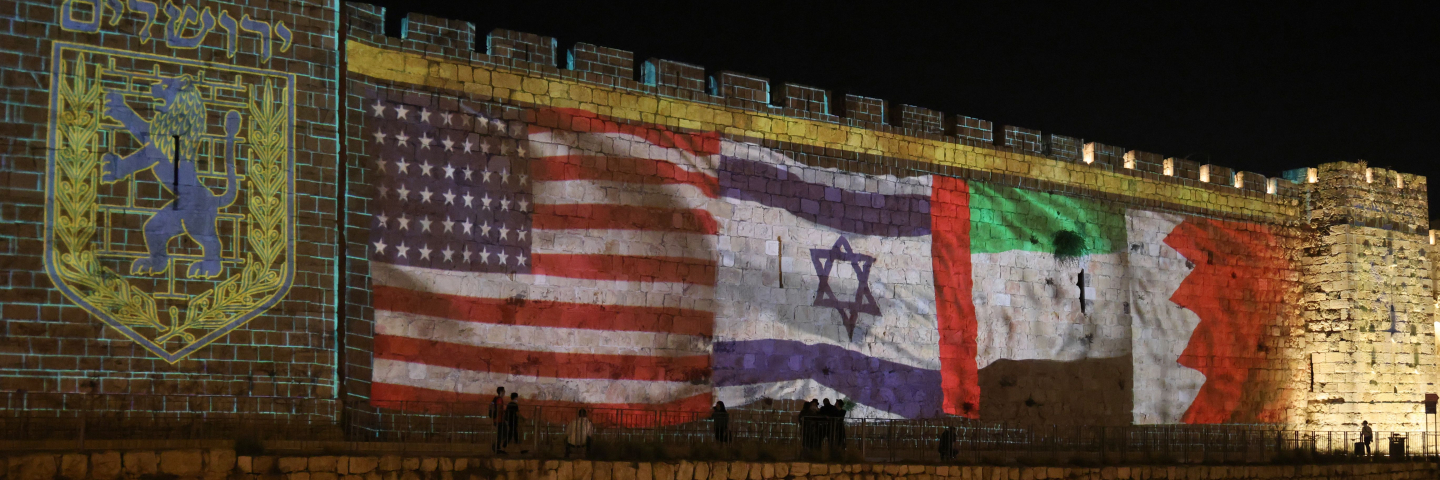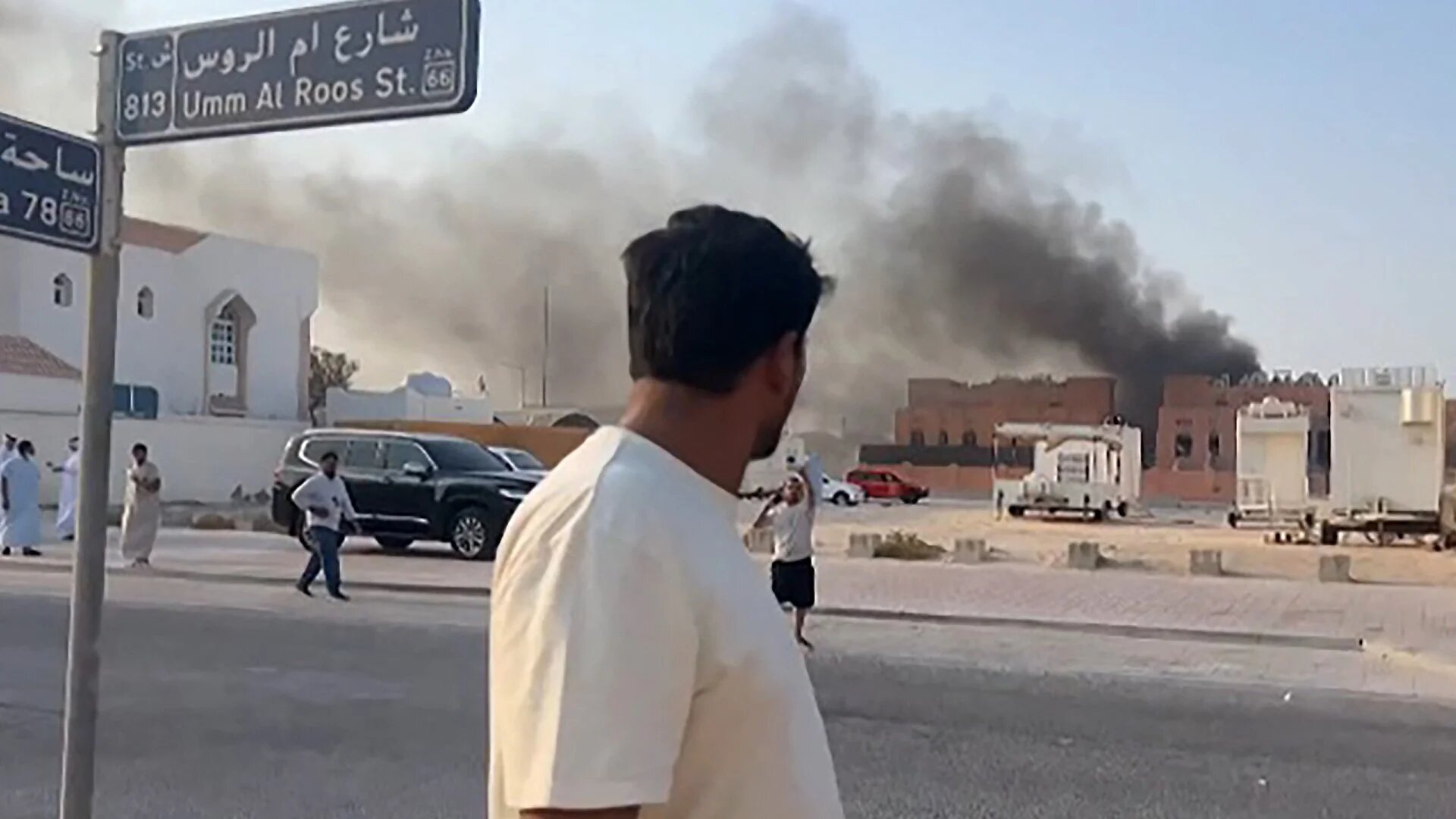The Islamic Revolutionary Guard Corps (IRGC), a force that emerged from the heart of the Revolution and today has become the symbol of Iran’s strategic deterrence and the Axis of Resistance, is once again at the center of Western media and political attacks. The Westerners know that it is precisely the IRGC’s missile power and regional network that have thwarted their plans to destabilize Iran and the Middle East; hence, every day, with a new label, they attempt to tarnish the image of this revolutionary institution.
Tehran – Iran View24
Since its formation in the years following the victory of the Islamic Revolution, the IRGC has always been one of the main targets of the West’s multilayered war in military, economic, media, and political dimensions. The reason for this focus is clear and analyzable:
The IRGC is considered the main pillar of national defense and Iran’s strategic deterrence against external threats and complex security scenarios.
Achieving advanced technologies, enhancing indigenous missile capabilities, establishing a vast regional network to support the Resistance Front, and playing a direct role in thwarting U.S. and Zionist projects to destabilize Iran and the region have placed the IRGC at the center of Western sanctions, diplomatic pressure, and psychological operations.
Within this framework, Western media have constantly, by employing tools of psychological warfare—from the nuclear file to regional issues and even suspicious incidents in other countries—sought to present a negative image of the IRGC. Now, with the unproven claims of the Australian government, once again an organized media–political attack against the IRGC has been launched.
Nevertheless, the intensity and persistence of these pressures are themselves testimony to the fact that the IRGC’s power and strategic position in defending Iran and the Axis of Resistance are so weighty and influential that they appear intolerable to the enemies.
The American news agency Associated Press also, in a report published simultaneously with the echo of Australia’s claims, stated explicitly that Iran’s Islamic Revolutionary Guard Corps, as a powerful and influential force, answers only to the Supreme Leader of the Islamic Revolution, and holds control over the country’s arsenal of ballistic missiles and the overseas missions of the Islamic Republic.
According to this Western media outlet, the IRGC’s missile capability and its key role in defending Iran, particularly after the 12-day imposed war, are among the main reasons for the repeated accusations and external pressures against this revolutionary institution. In this context, Australia has recently accused Iran of organizing two attacks on its soil—an allegation reminiscent of repetitive and similar scenarios previously directed against the IRGC’s Quds Force.
The Associated Press further notes that the IRGC was established after the 1979 Islamic Revolution to protect the nascent Islamic system. This institution grew rapidly during the eight-year imposed war, and afterward became a key player in economic, engineering, and defense arenas.
Of course, this American media outlet cannot explicitly state that the expansion of the West’s war against Iran into economic, scientific, and technological domains itself contributed to strengthening and developing the IRGC’s missions, turning it into one of the most important institutions of indigenization and a driving force of national progress.
The report continues, noting that the Quds Force, the IRGC’s overseas arm, through its organized support of the Resistance Front in the region, has played a decisive role in confronting the Zionist regime and U.S. policies. This force has had a significant presence in strengthening groups such as Hezbollah in Lebanon, Ansar Allah in Yemen, and in supporting the Syrian government against Takfiri terrorism and separatist projects.
A review of Western media positions and reports, including the explicit acknowledgment of the Associated Press, shows that the main reason for Western hostility and focus on the IRGC is the real and unparalleled power of this institution in safeguarding Iran’s national security and leading the Axis of Resistance. Indigenous missile capabilities, scientific and technological achievements, and a network of resistance forces in the region have turned the IRGC into a decisive actor in West Asian security equations. From this perspective, propaganda attacks, sanctions, and even Australia’s recent political accusations are not signs of the IRGC’s weakness, but rather an indirect admission of its decisive role in altering the balance of power. In other words, the greater the pressures and media campaigns against the IRGC, the clearer it becomes that this revolutionary institution remains Iran’s point of reliance and the strategic nightmare of its enemies.

